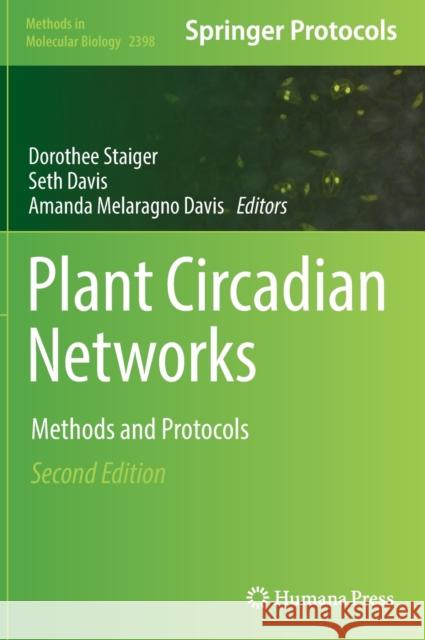Plant Circadian Networks: Methods and Protocols » książka
topmenu
Plant Circadian Networks: Methods and Protocols
ISBN-13: 9781071619117 / Angielski / Twarda / 2021 / 250 str.
Plant Circadian Networks: Methods and Protocols
ISBN-13: 9781071619117 / Angielski / Twarda / 2021 / 250 str.
cena 724,58
(netto: 690,08 VAT: 5%)
Najniższa cena z 30 dni: 693,97
(netto: 690,08 VAT: 5%)
Najniższa cena z 30 dni: 693,97
Termin realizacji zamówienia:
ok. 22 dni roboczych
Dostawa w 2026 r.
ok. 22 dni roboczych
Dostawa w 2026 r.
Darmowa dostawa!
Kategorie:
Wydawca:
Humana
Seria wydawnicza:
Język:
Angielski
ISBN-13:
9781071619117
Rok wydania:
2021
Wydanie:
2022
Numer serii:
000014950
Ilość stron:
250
Waga:
0.63 kg
Wymiary:
26.16 x 20.32 x 1.78
Oprawa:
Twarda
Wolumenów:
01
Dodatkowe informacje:
Wydanie ilustrowane











